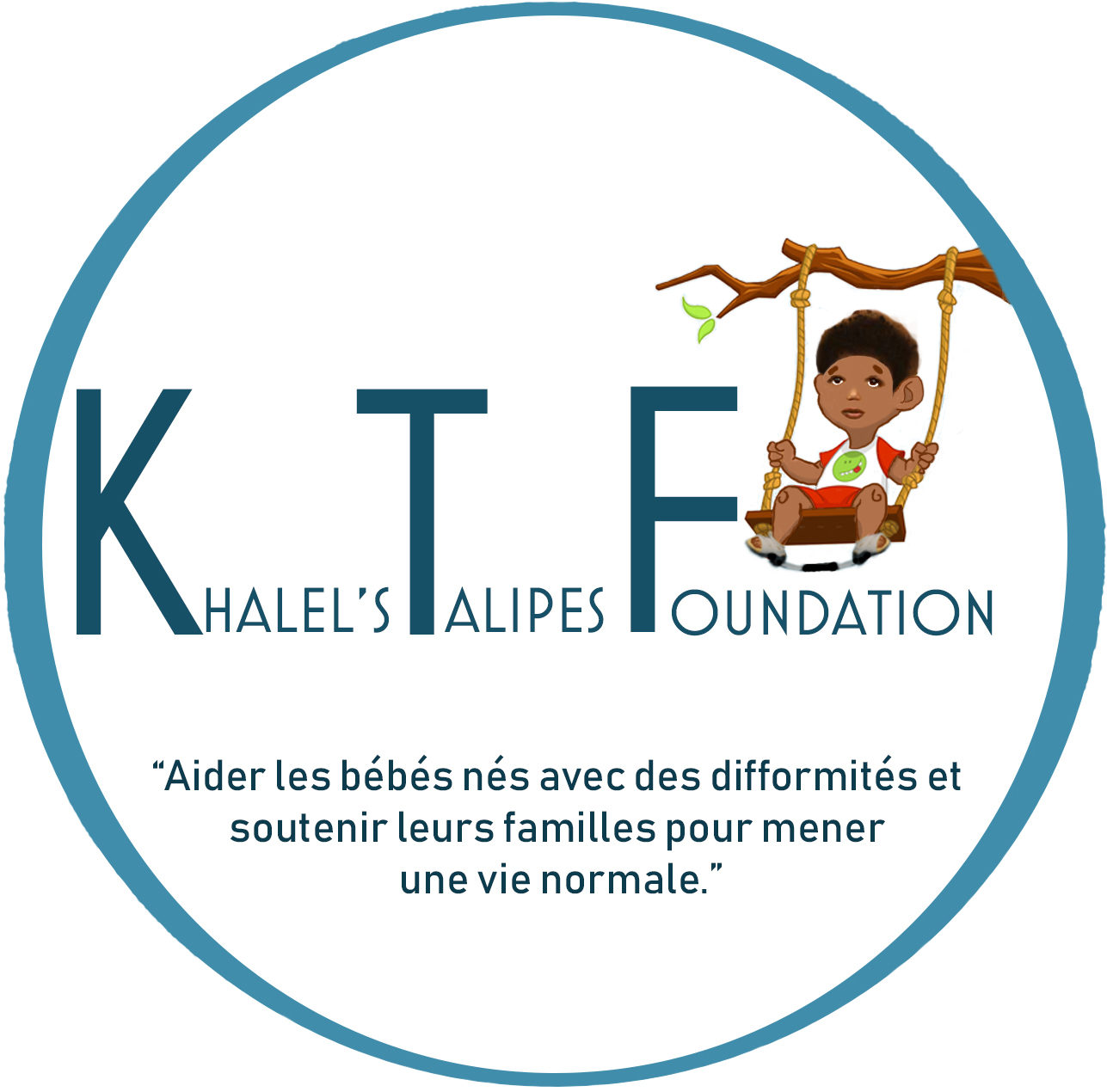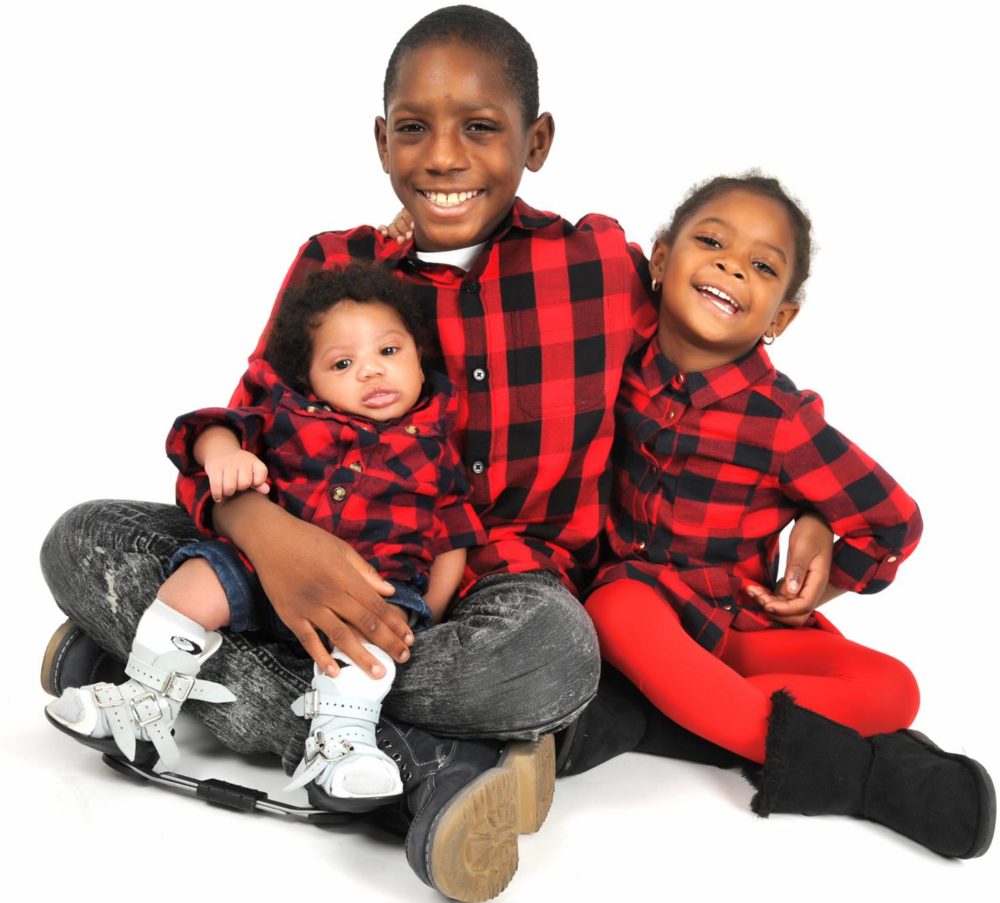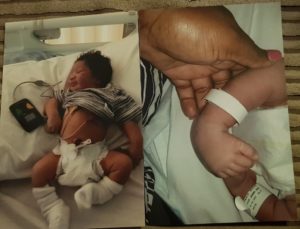What is Talipes?
Talipes is the general reference used for the medical condition congenital talipes equinovarus (CTEV). It is a congenital deformity involving one foot (Lateral) or both (Bi-Lateral). It can be mild or severe in manifestation. It is relatively common, affecting around one in every 1,000 babies born in the UK. Both feet are affected in around half of the children born with the condition. The affected foot appears to have been rotated internally at the ankle. The foot points downwards and inwards, with the soles of the feet facing backward.
Cause of the deformity:
The deformity occurs due to soft tissue tightness and bony malalignment of some of the bones in the feet, in particular the talus and navicular. Nonetheless, all the bones are formed and present at birth, they just need to be encouraged to return to the correct position and develop normally in order to carry out its function.
Treatment:
While a baby is young, there is a natural flexibility that can be utilised to get things back to where they belong. In most cases the foot will respond well to conservative correction using the Ponseti method which involves manipulation, serial casting on a weekly basis and a very small operational procedure called a Tenotomy when the desired shape is achieved. The Tenotomy is usually a small surgical incision of the Achilles tendon. It is usually performed under local anaesthetic. This enables the release of the tight Achilles tendon at the back of the ankle. The feet are then re-casted for two week then a special pair of shoes called the “Boots and Bars” are introduced.
Babies will then need to wear these special boots attached to each other with a bar, to prevent club foot returning or the risk of a relapse. The Boots and Bar are worn full-time for the first three months, then overnight until the child is four or five years of age. This treatment usually yield exceptional results and is much more gentle compared to previous procedures.
Without treatment, people with club feet often appear to walk on their ankles or on the sides of their feet.




